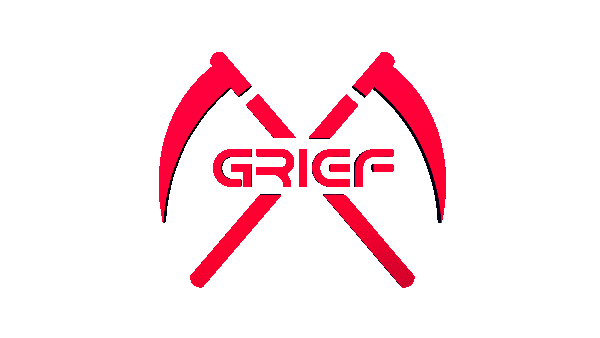Quizlet: Learn Languages Vocab With Flashcards V4.23 Crack [EXCLUSIVE]ed [Latest]
Quizlet: Learn Languages Vocab With Flashcards V4.23 Cracked [Latest] >>>>> https://urlca.com/2t7IGS
Visual scene displays are a different method of organizing and presenting symbols. These are depictions of events, people, objects, and related actions in a picture, photograph, or virtual environment representing a situation, place, or specific experience.[59][60] They are similar to activity displays in that they contain vocabulary that is associated with specific activities or routines. For example, a photo of a child's room may be included in the child's AAC system. Objects and events within the photograph are then used as symbols for communication.[58] Research suggests that visual scene displays are easier than grid displays for young children or those with cognitive impairments to learn and use.[46][61]
Communication partners may also require training to notice and consistently interpret the communication signals of a severely disabled individual, particularly because there is a danger that learned helplessness can be the result of repeated failure to communicate successfully.[85] Parties may need assistance to avoid the directive communication style that can lead a child user of AAC not to develop a full range of communication skills such as initiating or taking the lead in conversation, using complex syntax, asking questions, making commands or adding new information.[86][87]Young AAC users benefit from rich language and literacy experiences to foster vocabulary development, discourse skills, and phonological awareness, all of which supports successful literacy learning.[88] Communication partners are encouraged to provide augmented input with the child, such as signing or pointing to symbols and codes as they communicate, including using the individual's communication system themselves.[83] They also benefit from focussed and explicit reading instruction.[89][90]
From the 1960s onward, sign language increased in acceptance and use in the deaf community, and AAC also came to be viewed as acceptable for those with other diagnoses.[166][167] Manual sign languages, such as Makaton, were advocated for those with both hearing and cognitive impairments, and later for those with intellectual impairment or autism with normal hearing.[165][166][168] Research into whether primates could learn to sign or use graphic symbols spurred further interest the use of AAC with those with cognitive impairments.[165][167][168] The use of Amer-Ind hand signals opened the field to AAC techniques specifically for adult users.[165] 2b1af7f3a8
